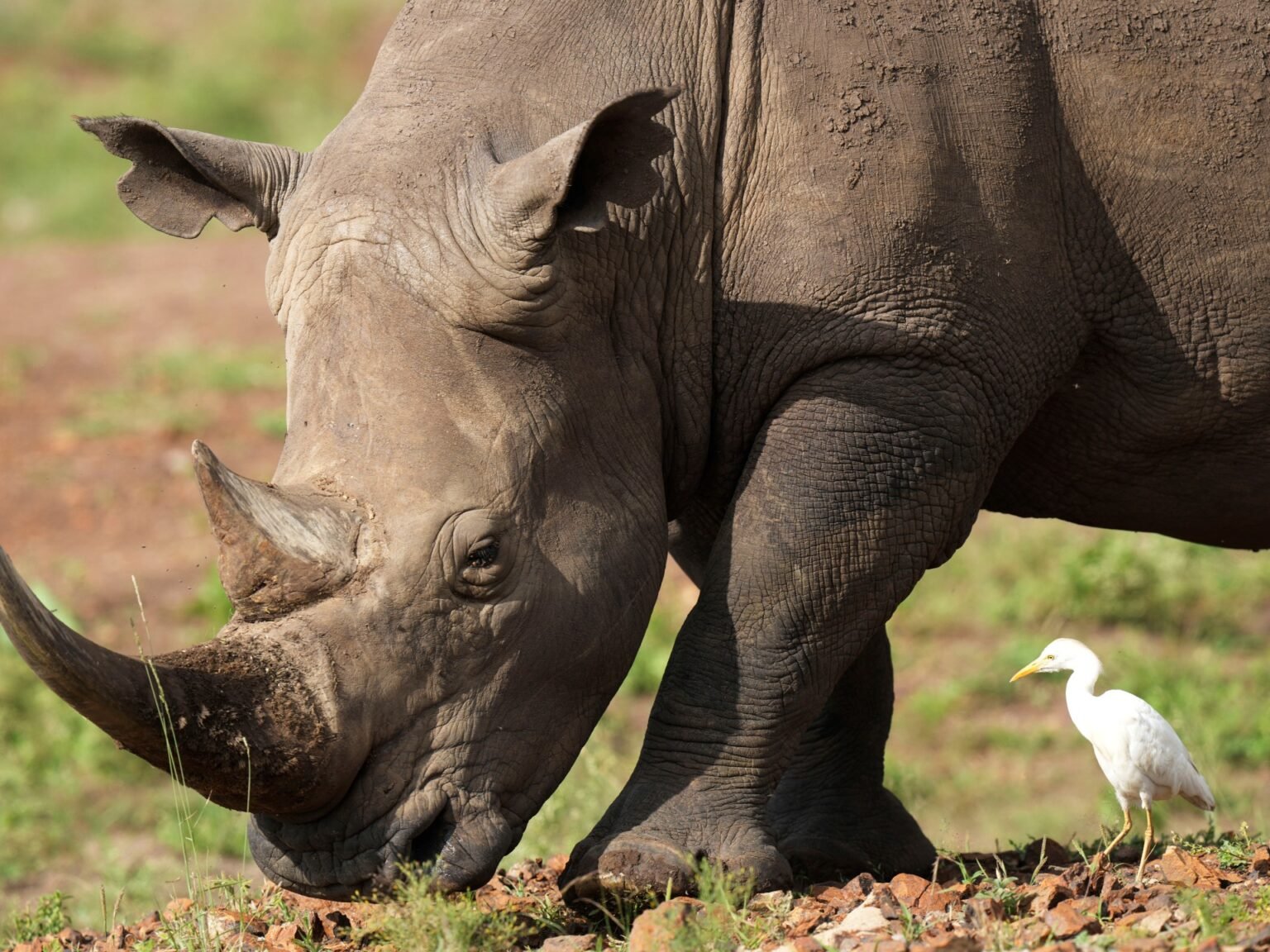The global rhinoceros population saw a slight increase in 2023, with the white rhino population increasing by 1,522 to a total of 17,464. However, the number of rhinos killed by poachers also increased, with a total of 586 rhinos killed in Africa alone. Most of these killings occurred in South Africa, which has the largest population of rhinos at an estimated 16,056. Despite the poaching, efforts to preserve the white rhino population in South Africa have been successful.
The total global rhino population across five subspecies is now at about 28,000, a drastic decline from the 500,000 rhinos that existed at the beginning of the 20th century. Poaching remains the main threat to rhinos, driven by the high demand for their horns, which are believed to have medicinal uses. The black rhino population in Namibia and South Africa has seen a slight decline due to heavy poaching, while the one-horned Asian rhino population in India has increased to more than 4,000 due to conservation efforts.
In Indonesia, authorities have been investigating and prosecuting poaching groups responsible for killing 26 Javan rhinos in Ujung Kulon National Park from 2019 to 2023. In Kenya, the rhino population has increased from 380 in 1986 to 1,000 last year, thanks to protection efforts. Philip Muruthi, the vice president for species conservation at the Africa Wildlife Foundation, emphasizes the importance of protection in increasing rhino populations, as seen in Kenya.
Muruthi also advocates for a campaign to end the demand for rhino horns, as well as the use of new technology for tracking and monitoring rhinos for their protection. Educating communities about the benefits of rhinos to the ecosystem and economy is also crucial in ensuring their survival. Rhinos are considered megaherbivores that play a vital role in maintaining ecosystems by mowing parks, creating inroads for other herbivores, and aiding in forest establishment through seed dispersal in their dung.
Despite the efforts to preserve rhino populations, poaching remains a significant threat to their survival. The belief in the medicinal uses of their horns continues to drive demand, leading to the killing of hundreds of rhinos each year. Conservation efforts have been successful in some areas, but more needs to be done to combat poaching and address the root causes of the demand for rhino horns. By implementing conservation strategies, protecting rhino habitats, and raising awareness about the importance of rhinos to the environment, progress can be made in ensuring the survival of these iconic species.












